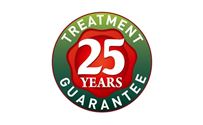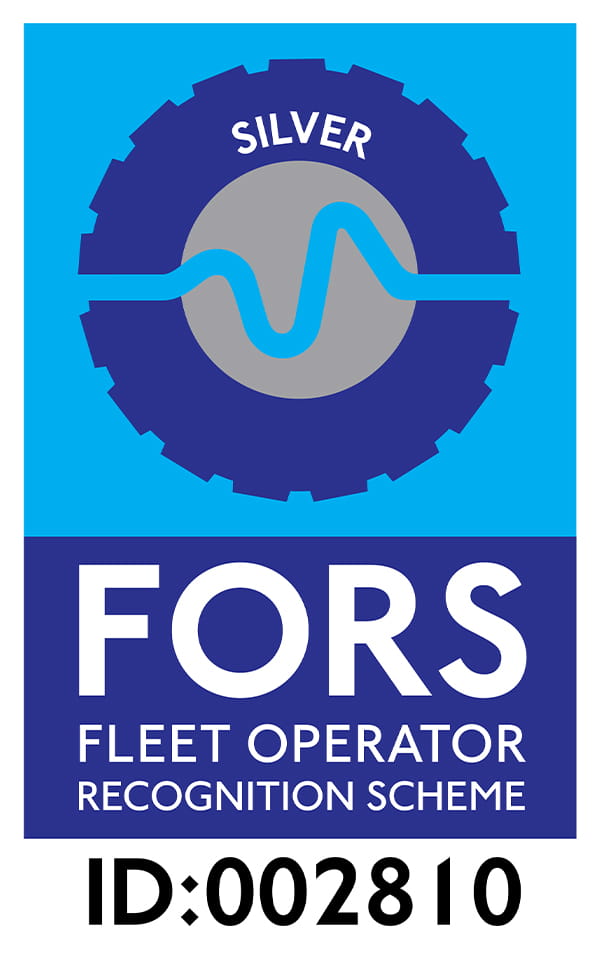Our other sites:
Timber Treatment and Preservative
Timber Protection
Timber is a great natural resource, but can be vulnerable to attacks by rot and insects attack.
The kind and type of timber treatment depends on various factors that could influence the life, use and application of the wood.
The BS8417 is a code of practice that requires a preservative treatment is tailored to the species, desired service life and end use of the component. With the standard there are desired service life specification for each class of timber. For example Class 4 category comes with either 15, 30, 60 service life so just quoting the standard isn't either, the life of the wood must reflect it also.
At Jacksons we promote the awareness of treated timber and how important it is to buy timber that has been treated with quality preservative treatment. We have been supplying timber with a 25 year Jakcure® for over 25 years. The Jakcure® process is undertaken entirely in-house so we are not reliant on any external sources to deliver the appropriate level of protection. Jakcure® is the timber selection and preservative process unique to Jacksons, that ensures the treatment penetrates really deep through the outer sap wood right into the heart of the wood. Since the banning of CCA (copper, chrome and arsenic), many companies pride themselves on the supply of timber featuring the latest  generation of preservatives. However, the fact remains that successful wood preservation is less reliant on what preservative is used and more dependent on the actual techniques employed. Badly treated timber actually encourages fungus growth and can actually have a shorter life span than untreated wood (lasting as little as 3-4 years in comparison with the 5-6 years of untreated wood).
generation of preservatives. However, the fact remains that successful wood preservation is less reliant on what preservative is used and more dependent on the actual techniques employed. Badly treated timber actually encourages fungus growth and can actually have a shorter life span than untreated wood (lasting as little as 3-4 years in comparison with the 5-6 years of untreated wood).
In order to offer our 25 year guarantee we put our timber through a stringent treatment process, starting with drying the timber out. It is all too easy to believe that timber is dry if you only check the moisture content of the wood on the outside of the pack. The way to dry the wood effectively is to place it into a kiln and dry the timber until it reaches a moisture content of less than 28%.
The next stage is to put the timber into an autoclave where a vacuum is created to pull the air out of the wood’s natural cell structure. Next the cylinder is flooded with preservative and a 12 bar pressure applied to drive the preservative into the heart of the wood (typically over a 3 hour period for timber that will be in contact with the ground). The autoclave is then drained and a further vacuum is created to pull the surface chemical into the timber. The timber is then removed and stored for a minimum of 48 hours prior to dispatch. Failure to comply with any these steps will result in the creation of an inferior product that is incapable of delivering the desired service life.
This thorough approach to timber treatment take times and significant additional costs. But what some consumers are not aware of, is the initial additional costs over time work out to be a lower lifetime cost. This is because there is a requirement to only pay once - rather than pay for replacement timber (potentially at least five times over since inferior treated wood will last for 3-4 years) over the 25 year period. And it is not only a saving in terms of the cost of the product, if you calculated the additional costs associated with repeat labour to install the replacement timber, paying that little bit extra for a high quality, long lasting product makes a lot more sense.
Top



